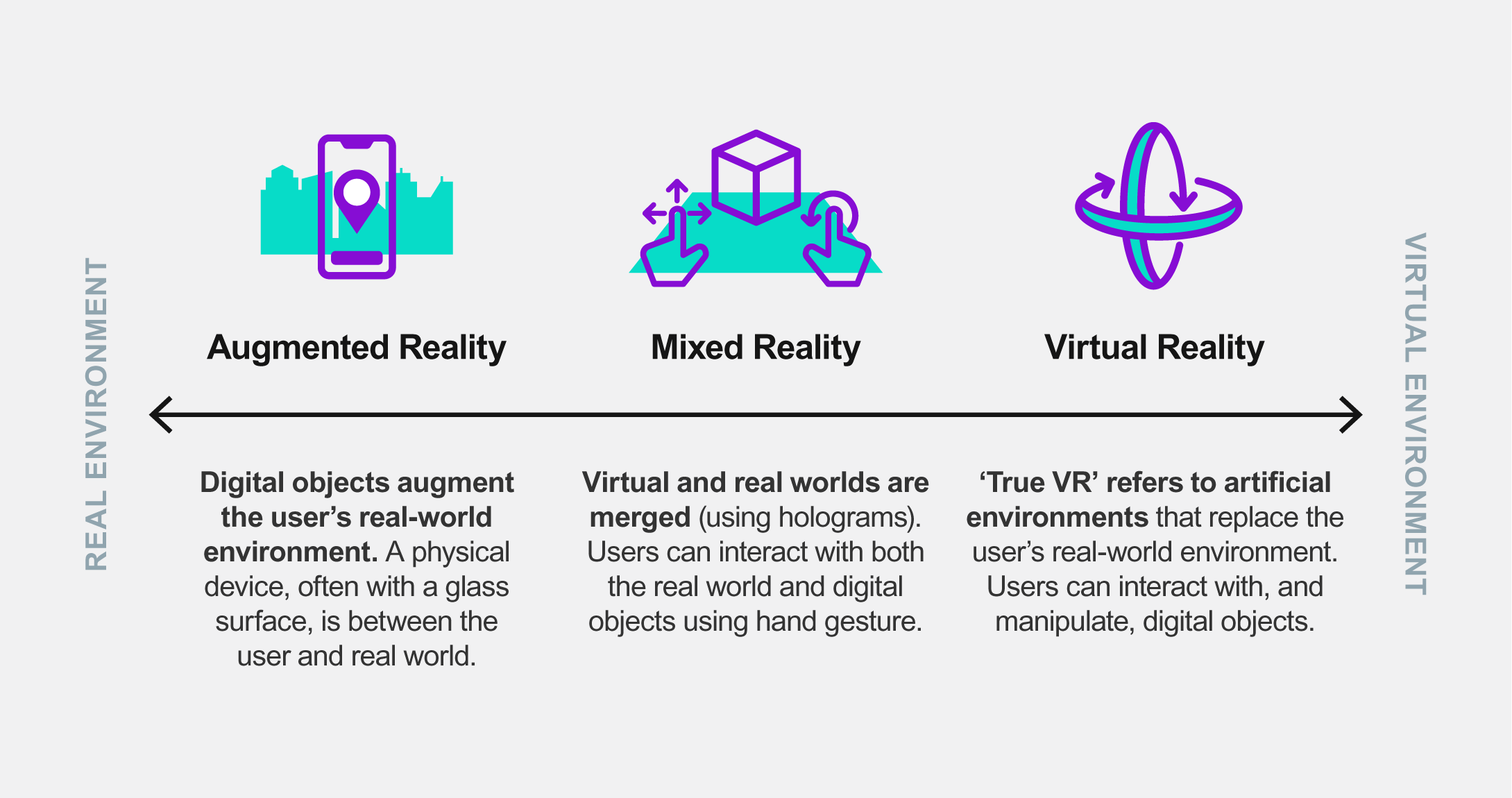Menu
You are viewing an archived page.
If you are a member of staff, you can view our internal website. Otherwise, if you would like to get in contact with us, you can email us or use our contact form.
To help with explaining VR, it’s useful to draw on Milgram and Kishino’s (1994) Mixed Reality continuum, which ranges from the completely real-world environment to the completely virtual environment.

360 interactive videos enable users to look in every direction, and can be delivered on flat screen devices as well as head mounted VR displays. The use of hotspots and multiple-choice questions can add a level of interactivity to 360 videos, but this doesn't offer the same multi sensory experience, or level of interactivity, as ‘true VR’.
Sensory immersion alone is unlikely to enhance learning, so it’s important to consider: pedagogic features; the type of media you are using; and whether the hardware constraints will enable learners to achieve the learning objectives.
Gaming is the driving force behind VR and many interactions have their roots in gaming, but these gaming tropes simply don’t exist in the minds of most non-gamer students.
As educators, here’s what caught our attention during the (2 hour) opening keynote of Oculus Connect 6 on 25 September 2019.